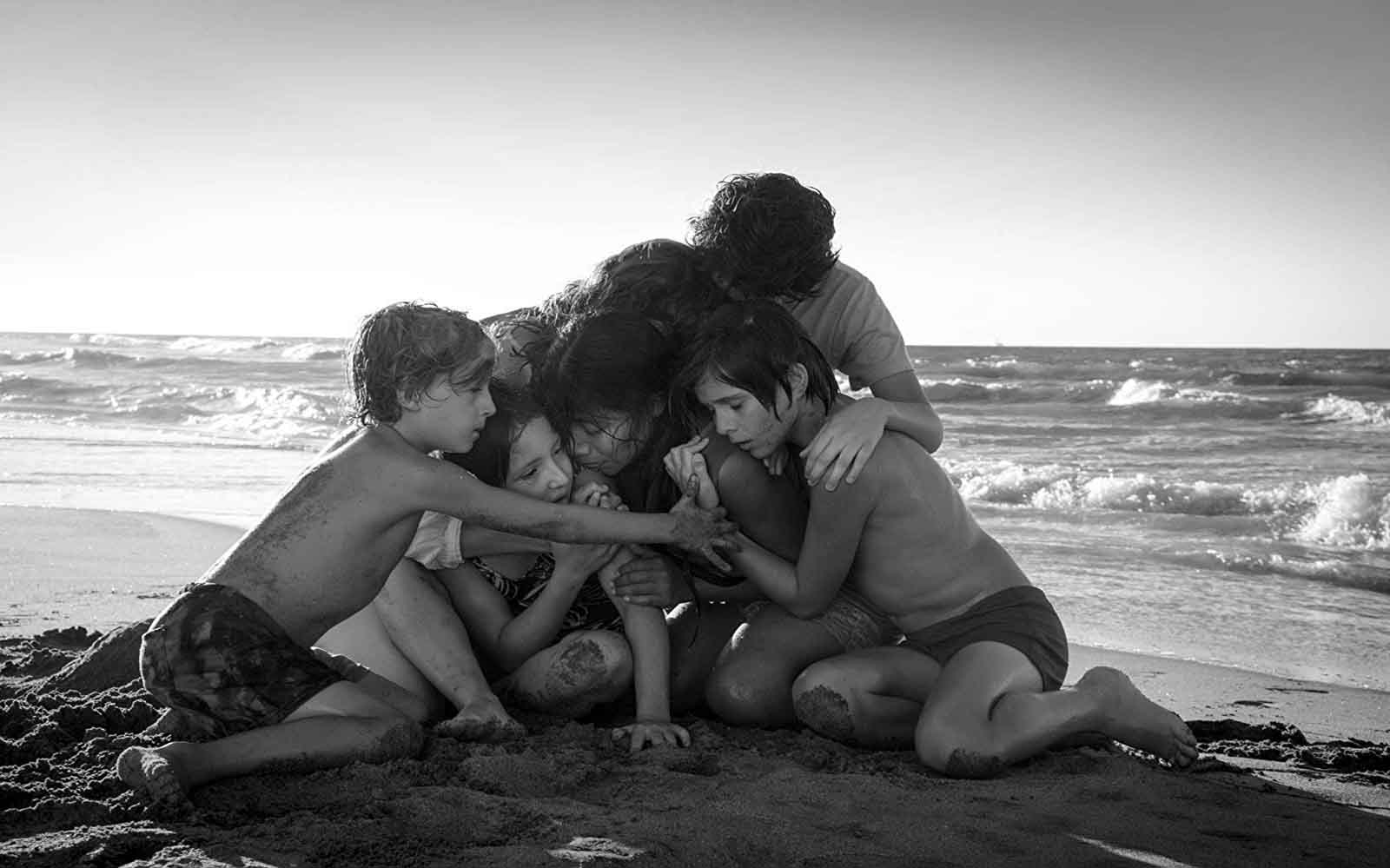
We look at some of los problemas you might have with gender in Spanish.
Diana Mejía looks at some of los problemas you might have, and lays out some of the basic rules to identify and correctly use grammatical gender in Spanish.
The English language is almost unique among European languages in that, with a few exceptions, it doesn’t actively use a gender system. So for many native English-speakers, dealing with grammatical gender in Spanish can be confusing to say the least.
But even if you speak a language in which grammatical genders exist, these are unlikely to correspond to all the gendered nouns in Spanish, since each society has gendered their language in accordance to their culture, social life, interests and realities. This in turn has an effect on how people think of certain objects.
German-speakers, for example, are more likely to associate a bridge (Brücke, feminine noun) with words like “beautiful”, “elegant” and “peaceful”. In contrast, Spanish-speakers using the word puente (masculine noun) are more likely to describe one as “big”, “dangerous” or “‘strong”.
It’s common and logical – even in English – for animate objects to have a specific form for each grammatical gender, corresponding to their biological sexes. A man and a woman, un hombre y una mujer or a horse and a mare, un caballo y una yegua. Note that these words are often derived from different roots which have no relation to one another.
More commonly though, gendered nouns are formed by changing the ending of a common root word; un profesor y una profesora, un abogado y una abogada. It’s important to remember that the gender of the noun should be in agreement with any modifiers used. Thus, it’s un gato gordo y una gata gorda. More on that another time!
While it’s apparent that a masculine gender in Spanish should be assigned to a male cat, it’s less obvious what gender a bridge, or a fever might take. Why is a beard feminine but breasts are masculine? While the answers are not always logical, etymological, paradigmatic and semantic considerations must be taken into account, and even then, they may not always provide the answer.
The gender of many nouns can be traced back to their Latin origin. Fiebre, from the Latin febris, kept its female gender as dolor did the masculine, from the Latin dolor. One peculiarity carried over was the irregular use of días, from dies, which unintuitively takes the masculine form. Thus lunes from dies lunae (the day of the moon) or viernes from dies veneris (the day of Venus) are masculine, along with the other five days.
Rivers, oceans and mountains are masculine; el Sena, el Amazonas y el Everest, while the letters of the alphabet, las letras del alfabeto – including la c y la p – adopt the feminine noun. Los colores, such as el azul, el rosado and even el fucsia are all masculine.
In some situations, the gendered words indicate the size of the object they describe. Un barco is a larger vessel – a ship, while una barca is more akin to a boat. Trees usually take the masculine form; a cherry tree is un ciruelo and an apple tree un manzano – but their fruit is female; una ciruela y una manzana.
More generally, words that end -L,-O,-N,-E,-R are often masculine.
• El papel, el arbol
• El fuego, el grupo
• El pan, el examen
• El viaje, el tomate
• El amor, el sur
Notable exceptions include la mano and la flor.
Meanwhile, words ending in -Z, -A, -D, -ÓN; are usually feminine. This includes those finishing in -dad and -ción, two very common endings in this group.
• La paz, la nariz
• La casa, la montaña
• La ciudad, la libertad
• La televisión, la acción
An exception that can be traced back to the Greek peppered into Spanish are some words that finish in -ma. Despite ending in an -a, these words are masculine.
• El problema, el clima
Other important exceptions include:
• El sofá, el mapa
• El corazón, el buzón
• El lápiz, el arroz, el pez
Note that la foto and la moto are not exceptions, since they are abbreviations of fotografía and motocicleta, respectively. Similarly, agua and águila are feminine nouns. While they should technically take the feminine article; la agua and la águila, they use the masculine article because of the awkwardness in pronouncing an “a” followed by another stressed one. Thus, it’s el agua y el águila but they are accorded as feminine nouns: el agua está fria.
Finally, professions ending in -TA and -TE can be either feminine or masculine
• La artista, la cantante, la estudiante
• El artista, el cantante, el estudiante
A special category of words called ambiguous gender nouns can use masculine or feminine modifiers without changing their meaning. Therefore, el mar y la mar and el azúcar y la azúcar can be used interchangeably (although their masculine form is more common).
It’s common to fall into a bit of trouble with false pairs, which seem like they could be the feminine and masculine forms of two words, but in reality they have completely different meanings. La radio refers to the broadcasting station, while el radio is the device used to listen to it. Other false pairs include:
• físico (physicist, bodily physique) and física (physics)
• libro (book) and libra (pound)
• pato (duck) and pata (an animal’s leg)
Keep in mind that exceptions and rules within rules will keep coming up as you progress in your mastery of gender in Spanish. However, if you get a good handle on these basic rules and concepts, you’ll be much better able to communicate with native Spanish speakers for whom the grammatical gender is as important and intuitive as any other part of the language.





